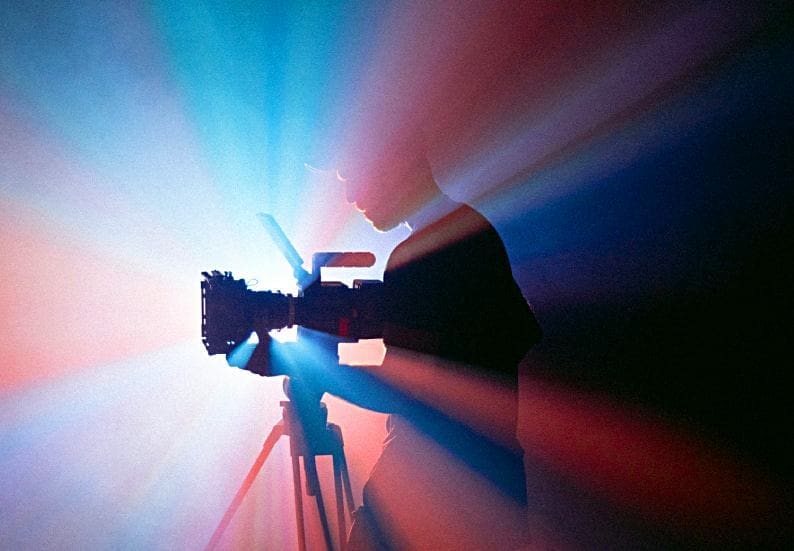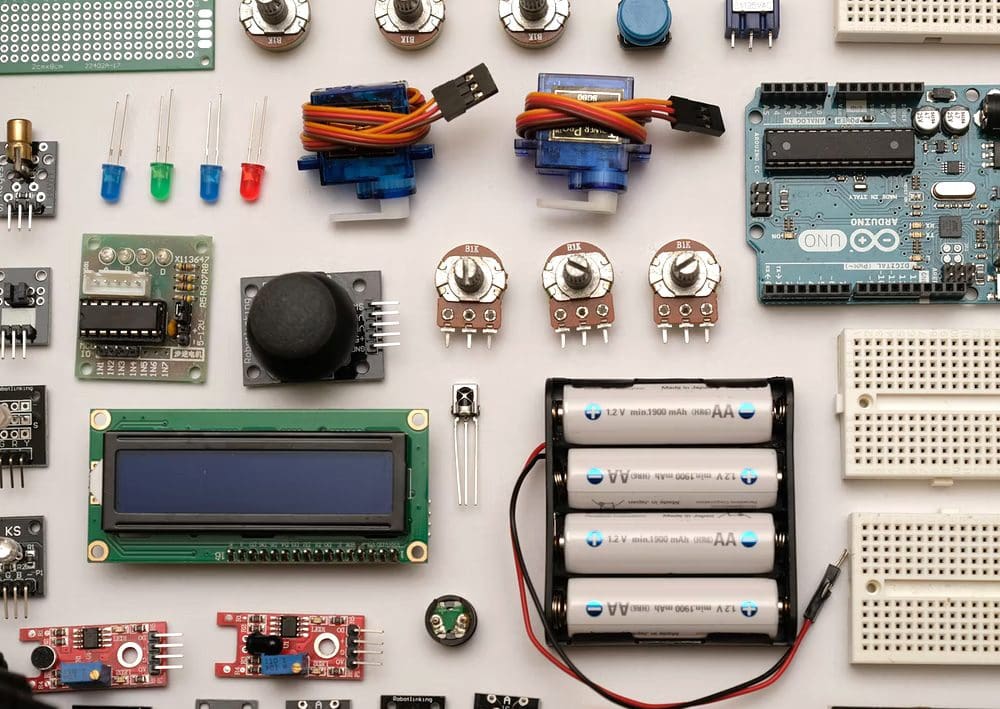words Alexa Wang
Introduction
Independent filmmaking beckons those with an insatiable creative spirit and an unwavering determination to bring their unique visions to life. In this captivating domain, filmmakers often navigate a labyrinth of challenges – limited budgetsfilm i, logistical hurdles, and the relentless pursuit of artistic excellence. Yet, within these constraints, the true essence of independent cinema resides, fostering an environment where ingenuity and resourcefulness thrive.
This comprehensive guide serves as a beacon for those embarking on the exhilarating journey of independent filmmaking, illuminating the essential gear that will empower you to translate your artistic aspirations into tangible masterpieces. From selecting the perfect camera to capturing pristine audio, sculpting light with finesse, and stabilizing your shots, we will explore the tools to elevate your projects and solidify your unique directorial voice.
Core Gear
Camera: The Cornerstone of Your Cinematic Vision Akin to a painter’s canvas, the camera is the foundation upon which your cinematic artistry unfolds. While the allure of high-end cinema cameras may be tempting, numerous budget-friendly options can yield stunning results when wielded by a skilled independent filmmaker.
Digital Single-Lens Reflex (DSLR) cameras and mirrorless systems offer an enticing blend of affordability, image quality, and versatility. These cameras often boast large sensors capable of capturing exceptional detail, dynamic range, and low-light performance, rivaling their more expensive counterparts.
When selecting a camera, consider sensor size, resolution, frame rate capabilities, and ergonomics. Prioritize features that align with your shooting style and desired aesthetic, whether you’re capturing cinematic slow-motion sequences or striking low-light scenes. Remember, the true artistry lies not in the camera itself but in your ability to harness its potential.
Audio: The Orchestration of Immersive Soundscapes While visuals serve as the primary language of cinema, audio plays an equally pivotal role in immersing audiences in your storytelling. Neglecting audio can undermine even the most visually stunning projects, making investing in quality audio equipment imperative.
External microphones, such as shotgun mics or lavalier systems, are indispensable for precisely capturing clear dialogue and ambient sounds. Pair them with a dedicated audio recorder to ensure pristine audio quality, free from camera preamp noise or compression artifacts that can mar the auditory experience.
Closed-back headphones are essential for monitoring audio during filming. They allow you to make real-time adjustments and prevent costly reshoots due to audio issues. Embrace the power of sound, for it is the symphony that breathes life into your visual narratives.
Lighting: Painting with Luminance and Shadow Lighting is the unsung hero of filmmaking. It has the power to evoke emotions, sculpt depth, and create striking visual narratives. While natural light can be a potent ally, embracing artificial lighting techniques will expand your creative repertoire and enable greater control over your scenes.
Affordable continuous LED panels and daylight-balanced fluorescent fixtures can provide ample illumination for interviews, talking heads, and small set pieces. Consider investing in budget-friendly strobes or moonlight kits for more ambitious lighting setups, which offer greater intensity and versatility.
Modifiers like softboxes, umbrellas, and diffusion materials can transform harsh light into flattering, cinematic illumination, elevating your visuals to new heights. Mastering the art of lighting is akin to wielding a brush. It allows you to paint with luminance and shadow, crafting visual poetry that captivates and inspires.
Support Systems: Steadying the Frame, Fluid Movements Achieving stable, fluid camera movements is essential for professional-looking footage that transports viewers into your cinematic world. Tripods and gimbals are indispensable for independent filmmakers, providing a solid foundation for static shots and enabling graceful, dynamic camera movements.
Tripods offer steadiness and versatility, allowing you to capture precise pans, tilts, and height adjustments easily. Invest in a sturdy tripod with a fluid head for smooth operation and reliable support, even in demanding shooting environments.
On the other hand, gimbals are designed to capture smooth, handheld shots with exceptional stabilization. These devices use motorized axes and advanced algorithms to counteract unwanted camera shakes, resulting in buttery-smooth footage that appears captured on a professional camera dolly. Embrace these support systems, for they are the foundation upon which your cinematic movements take flight.
Storage Solutions for Independent Filmmakers
Throughout your filmmaking journey, you’ll accumulate vast data – footage, audio recordings, edited files, and project backups. A robust storage strategy is crucial to safeguard your creative efforts and ensure accessibility whenever needed. Here’s a breakdown of storage solutions to consider:
- Local Storage: Hard disk drives (HDDs) offer a cost-effective way to store large media files. They’re ideal for initial backups and everyday project access. However, HDDs are susceptible to physical damage and data loss. Invest in multiple drives for redundancy and consider storing a copy off-site for extra protection.
- Cloud Storage: Cloud storage platforms offer remote access to your files from anywhere with an internet connection. This is ideal for collaboration, sharing footage with editors or remote team members, and freeing up space on local drives. Choose a reliable cloud service with robust security features and factor in monthly subscription costs when selecting.
- Solid State Drives (SSDs): While pricier than HDDs, SSDs offer significantly faster read and write speeds. This translates to quicker file transfers, smoother editing workflows, and improved overall efficiency, especially when dealing with high-resolution footage. Consider using SSDs and critical files for optimal performance in your work projects.
- MicroSD Cards: These tiny cards offer a convenient and portable storage option for filmmakers who utilize mirrorless cameras or drones that capture footage on microSD cards. However, their small size also makes them prone to loss. Investing in high-performance microSD cards with fast read/write speeds is crucial to ensure smooth recording, especially for high-resolution video formats. Due to their susceptibility to physical damage and potential for loss, microSD cards are not ideal for long-term storage. After each shoot, transfer your footage to a more reliable storage solution like an HDD or SSD.
Expanding Your Toolkit
Grip Equipment: Controlling Light and Shaping the Scene As your filmmaking journey progresses, expanding your grip equipment arsenal will unlock new creative possibilities. Flags, reflectors, and stands are invaluable tools for sculpting light, controlling unwanted spills, and creating professional-looking setups that elevate your visual storytelling.
Flags (negative fill) block unwanted light from hitting your subject or set, allowing you to shape shadows and contrast precisely. Reflectors, conversely, bounce and redirect light onto your subject, filling in shadows and adding dimension to your compositions.
Stands and c-stands provide sturdy support for your lights, flags, and modifiers, enabling precise positioning and adjustment of your lighting setup. Embrace these tools, for they are the sculptors of light, shaping the very essence of your cinematic canvas.
Field Monitors & Recording Solutions: Elevating Image Quality While your camera’s built-in monitor may suffice for basic framing and reviewing shots, external field monitors offer superior image analysis capabilities, unlocking a world of advanced monitoring and evaluation tools.
These dedicated displays provide accurate exposure monitoring, focus peaking, and advanced tools for evaluating your image quality on location, ensuring you capture the precise vision you envisioned.
External recorders can be a game-changer for projects demanding higher image quality or specialized codecs. These devices capture video signals from your camera and record them using advanced compression algorithms or raw formats, preserving maximum image fidelity and flexibility for post-production grading and manipulation.
Software & Post-Production Essentials
Editing Software: Assembling Your Cinematic Masterpiece Post-production is where the true magic of filmmaking manifests, transforming individual shots into a cohesive, captivating narrative. Choosing the right editing software is crucial for streamlining your workflow and unlocking advanced creative tools that elevate your artistic expression.
For independent filmmakers on a budget, accessible or affordable options like DaVinci Resolve, Hitfilm Express, and Shotcut offer robust editing capabilities, color-grading tools, and a wealth of visual effects. These programs often match or exceed the functionality of their more expensive counterparts, democratizing the post-production process.
Paid software like Adobe Premiere Pro, Final Cut Pro, and Avid Media Composer cater to professionals and provide advanced features, extensive third-party plugin support, and seamless integration with other creative tools, offering a comprehensive ecosystem for your post-production needs.
Color Grading & Sound Design: Elevating Visual and Auditory Experiences Color grading is a transformative process that breathes life into your footage, establishing mood, enhancing aesthetic appeal, and creating a cohesive visual language throughout your film. While basic color correction can be achieved in most editing software, dedicated color grading applications like DaVinci Resolve, Adobe SpeedGrade, and Filmconvert offer advanced tools for precise control over hue, saturation, and contrast, allowing you to sculpt your visual masterpiece with nuanced precision.
Sound design, too, plays a crucial role in captivating audiences and amplifying the emotional impact of your story. While budget constraints may limit your access to professional sound studios, software like Pro Tools, Adobe Audition, and Reaper provide powerful audio editing, mixing, and sound design capabilities accessible to independent filmmakers. Embrace these tools, for they are the orchestrators of sensory experiences, weaving together visual and auditory elements into a harmonious tapestry that resonates within the hearts and minds of your audience.
Conclusion
Embarking on the journey of independent filmmaking demands unwavering passion, resourcefulness, and technical prowess. By meticulously selecting the right gear, you can unleash your creative vision and craft compelling stories that resonate with audiences worldwide, transcending budgetary and logistical constraints. While high-end equipment can elevate your productions, true artistry lies in harnessing the tools at your disposal and channeling your unique perspective. With dedication, continuous learning, and immersion in online resources, educational materials, vibrant communities, and mentorship opportunities, you can overcome financial limitations and create masterpieces that inspire and captivate for generations despite the challenging path ahead.





